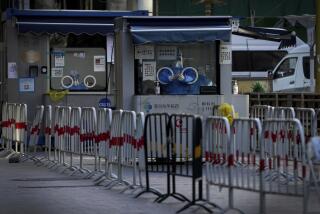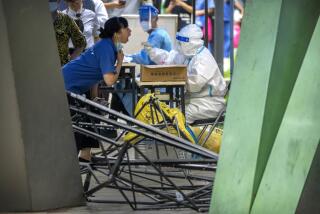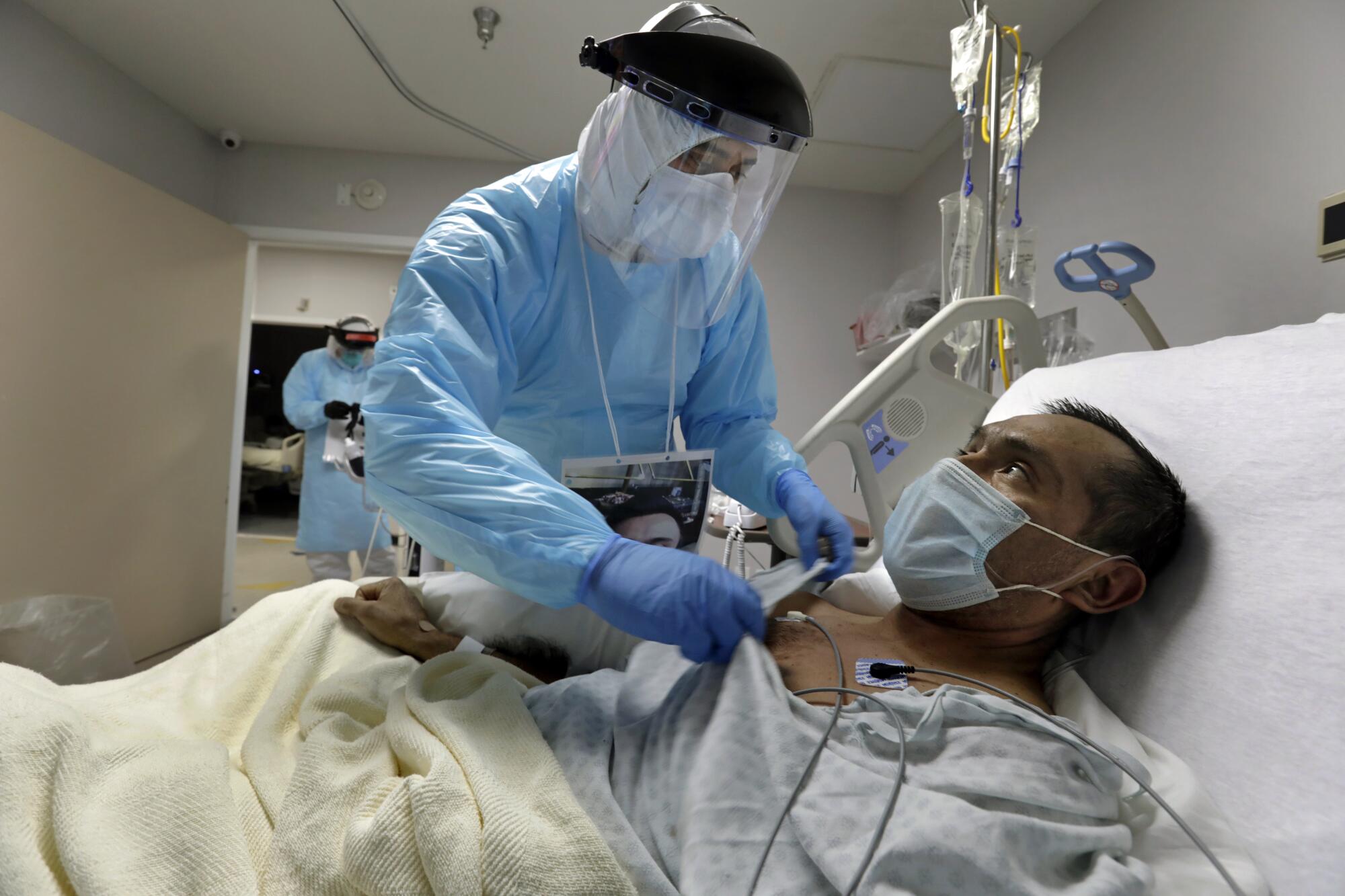
- Share via
The chroniclers of history’s great plagues — physicians and novelists, diarists and archivists — tend to recount uncannily similar moments, always poignant in retrospect, when people allow themselves to believe that the devastation has reached its height.
And then it gets worse.
The novel coronavirus is no longer a novelty. Some six months after the outbreak began in Wuhan, China, and three months after COVID-19’s formal designation as a pandemic, nearly every corner of the world has been touched. Billions of people found themselves in lockdowns and shutdowns; economies everywhere cratered.
Now, though, many parts of the planet are behaving as if a corner has been turned. The gears of daily life are again beginning to grind; the workaday world is reasserting itself. But infectious disease specialists say the virus could smolder and flare, subside and reappear, for a very long time to come — even after a widely available vaccine is developed.
In the United States and Europe, the pace of new infections has slowed from springtime peaks. But in the world as a whole, the caseload is growing fast, and experts are deeply alarmed by the speed of the spread in far-flung countries such as Pakistan, South Africa and Brazil.
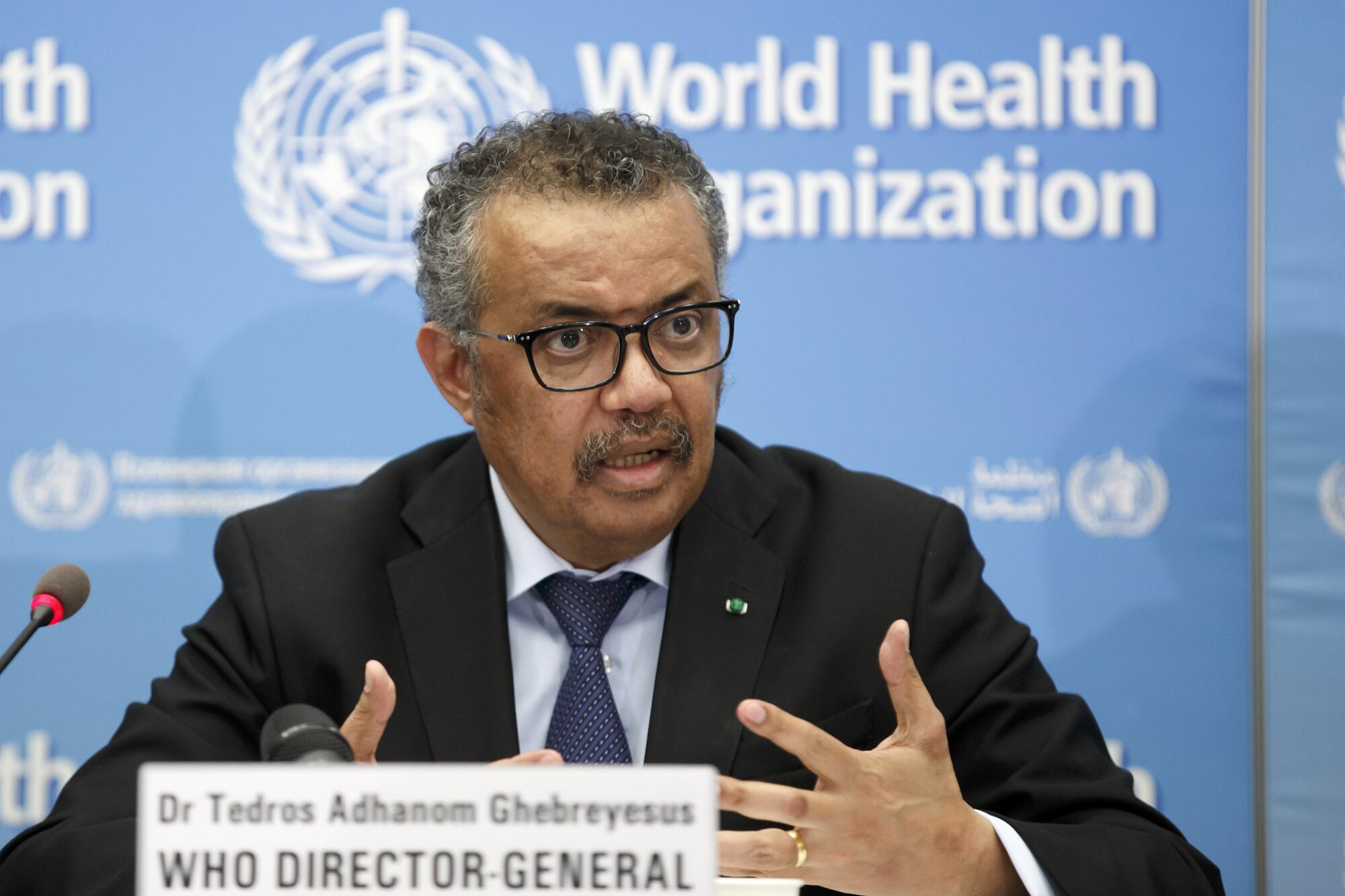
On Friday, the World Health Organization reported a fresh record single-day high for new cases worldwide: more than 136,500, most of them in the Americas, Russia and South Asia. More than 7.4 million cases, and nearly 420,000 deaths — roughly one-quarter of them in the United States — have been reported to the WHO.
“Globally, it is worsening,” the organization said.
There are success stories such as New Zealand, which recently pronounced the virus eradicated. But in countries where the epidemiological picture has brightened, including many in western Europe, “the biggest threat is now complacency,” said WHO Director-General Tedros Adhanom Ghebreyesus.
“This is not the time for any country to take its foot off the pedal,” he said.
An outbreak of contagion is often bracketed by momentous events. The Plague of Athens occurred in the midst of the Peloponnesian War; the 1918-19 influenza pandemic erupted in the waning days of World War I, its victims ultimately far outnumbering those of combat casualties.
The coronavirus outbreak took hold shortly before the George Floyd protests for racial justice swept the United States and beyond; even at so necessary a moment of mass outcry, health experts worried over infection peril posed by the enormous gatherings.
In some countries where the situation is growing more dire, governmental denials of the outbreak’s gravity and a wholesale rejection of economically costly shutdowns are helping the virus either to cement its foothold — or to come roaring back.
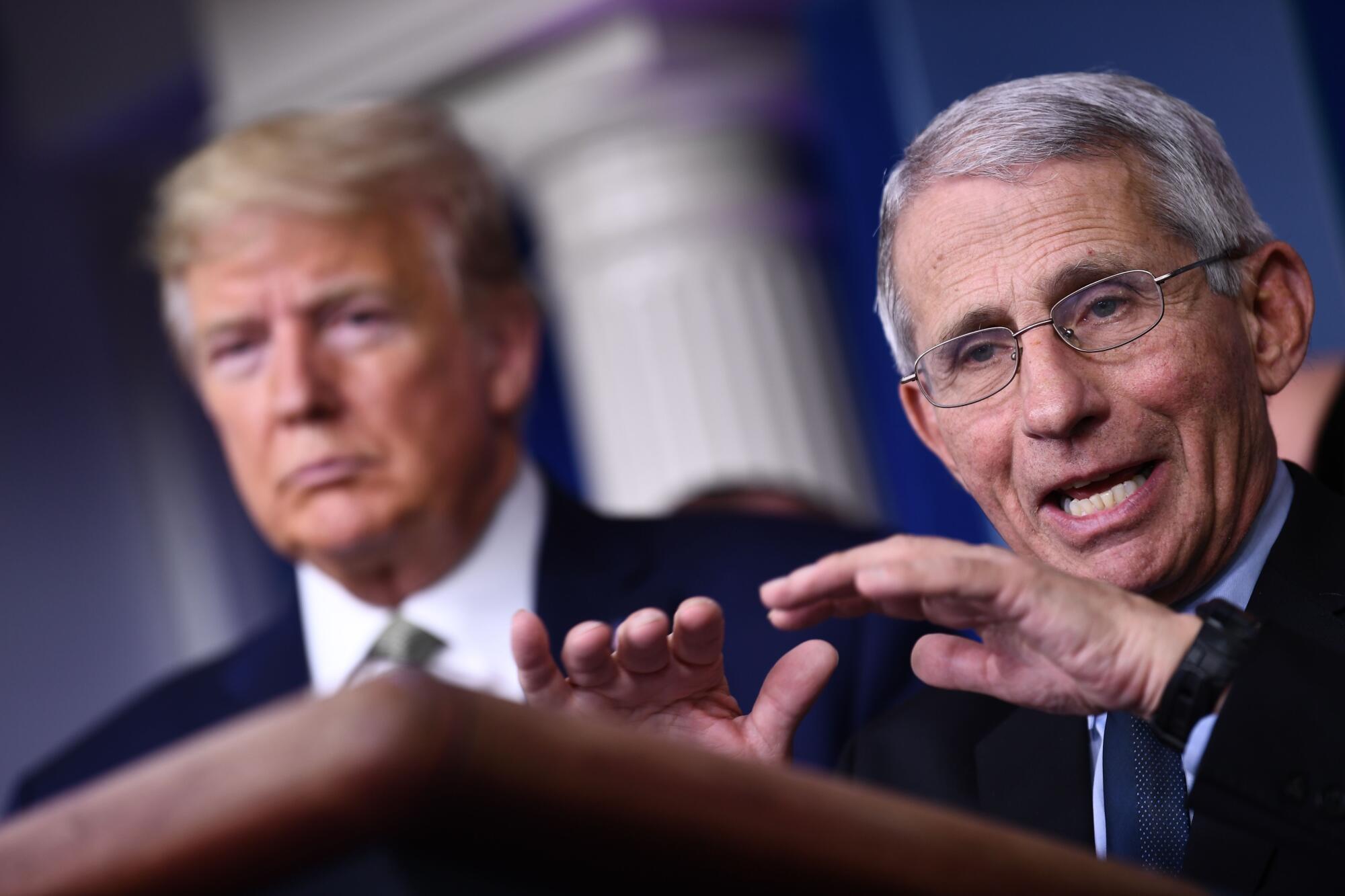
Dr. Anthony Fauci, the U.S. government’s top infectious disease specialist — seen less in public in the weeks since the White House halted briefings by its coronavirus task force — this week called the virus “my worst nightmare.”
Speaking to a biotechnology conference via a recorded video, Fauci said in a span of months, the coronavirus had “devastated the world.”
“It just took over the planet,” he said. “And it isn’t over yet.”
Here is a look at several key regional tipping points in the worldwide coronavirus fight.
SOUTH ASIA
South Asia has emerged as one of the virus’ new global hot spots. India, with more than 286,500 recorded infections as of midweek, was expected to soon surpass Britain to become the fourth-worst-affected country, behind the U.S., Brazil and Russia.
This week saw India notch its highest single-day totals for new infections. At least 8,800 people have died from COVID-19, even as India imposed one of the world’s most stringent lockdowns beginning in late March.
This week India began to ease the lockdown to restart its economy, making it one of the few countries to lift social distancing restrictions before recording a drop in infections.
In Mumbai, the commercial capital, buses, taxis and private cars have returned to streets newly jammed with traffic. Social media images over the weekend showed Marine Drive, the city’s sea-facing promenade, crowded with residents out for walks and exercise, some not wearing masks.
One resident who dropped by his office in the city’s Fort district this week said the sidewalk was packed with people sipping cups of tea, their masks off.
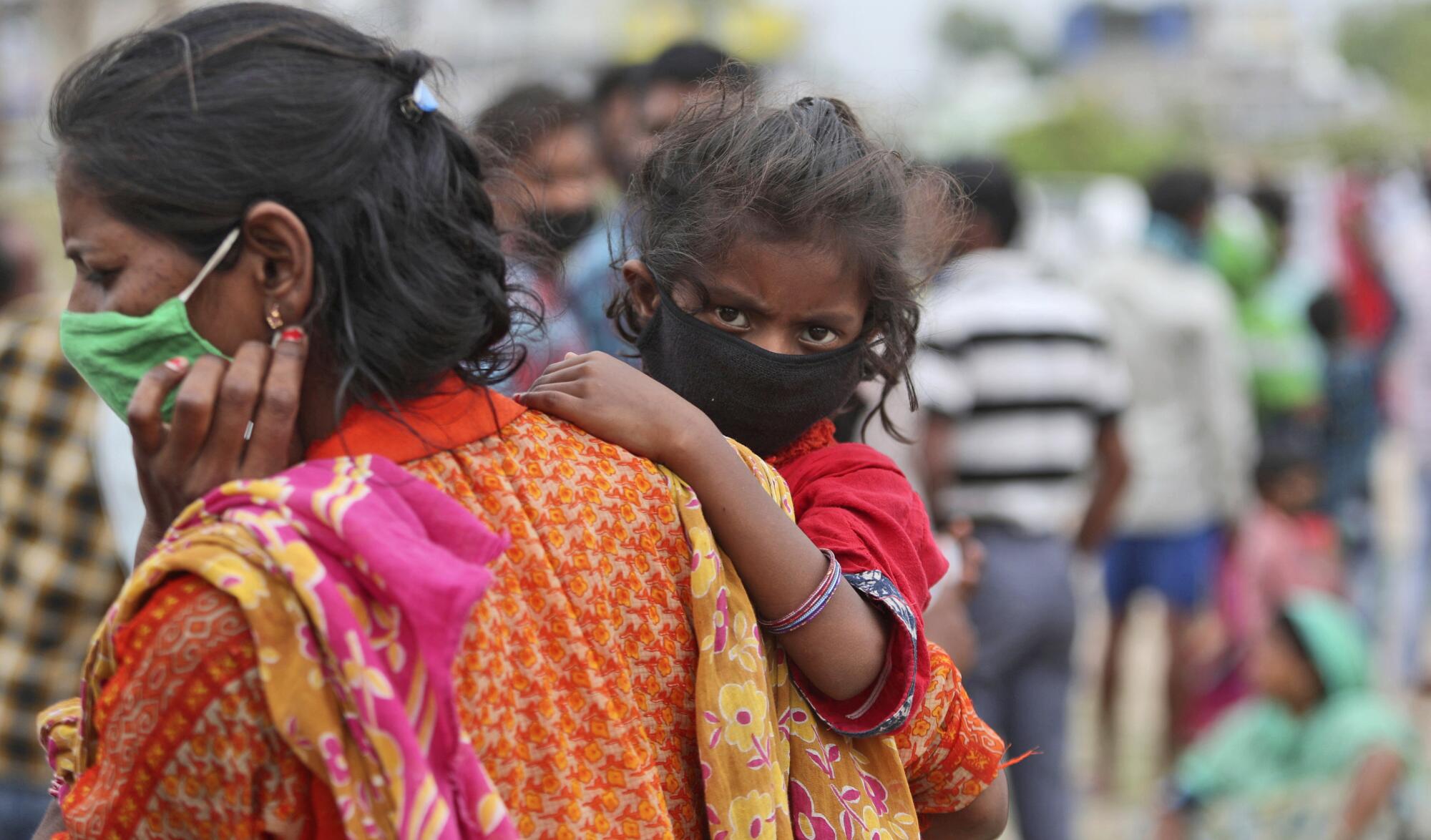
The developments have raised concerns that India will be deluged with new COVID-19 cases. The country still has lower testing rates and poorer contact tracing mechanisms than other reopening economies, “leaving it unprepared to control COVID-19 outbreaks,” according to an analysis by IndiaSpend, an independent data journalism website.
The capital city of New Delhi alone could see 550,000 cases by the end of July, 80,000 of which could require hospitalization, local officials predict. A report in the Indian Express newspaper said the city has fewer than 58,000 hospital beds.
Infections are also rising fast in Pakistan, which this week tallied new daily highs. Pakistan has more than 132,000 people infected in all.
Yet Prime Minister Imran Khan has announced a gradual reopening of the economy while requiring that residents continue to wear masks and enforcing social distancing measures at mosques, on public transportation and in other crowded areas.
The World Health Organization has warned that the reopening is ill-timed, and in a letter urged Punjab, the most populous province, to reimpose a two-week lockdown.
But Zafar Mirza, Khan’s top health advisor, said Pakistan would not follow the WHO’s recommendation.
“The WHO only takes health-related factors into account while governments have to think of the public’s livelihoods as well,” Mirza said.
— Shashank Bengali in Singapore and special correspondent Aoun Sahi in Islamabad, Pakistan
LATIN AMERICA
The pandemic is cutting a path of devastation through much of Latin America, now widely considered its new epicenter.
The region’s infection curve was about a month behind that in the United States
and is thought to be peaking or nearing its most dangerous phase in many
areas, including in Brazil and Mexico, the region’s two most populous countries.
Public health advocates have expressed alarm that some governments are
beginning to reopen pandemic-battered economies before ever imposing the kind
of strict lockdowns, testing regimes and tracing that helped stifle the virus
elsewhere.
“Now is not the time to relax restrictions or scale back preventive strategies,”
Carissa F. Etienne, director of the Pan American Health Organization, told reporters in Washington in late May. “Now is the time to stay strong, remain vigilant, and aggressively implement proven public health measures.”
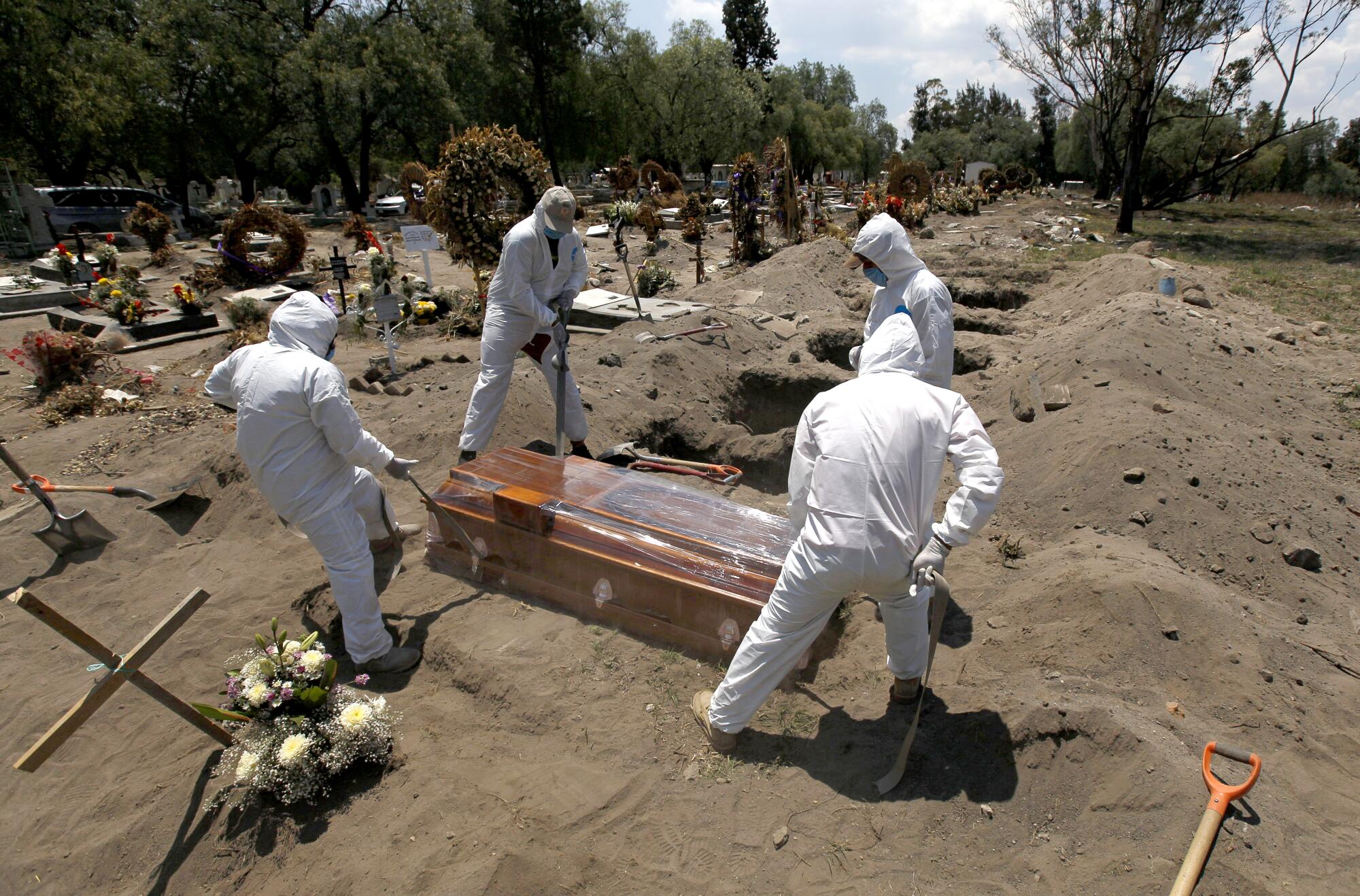
The rising numbers of cases have strained hospitals, emergency services, morgues,
cemeteries and crematoria across a region where years of neglect and underfunding have hollowed out much of the public healthcare infrastructure.
In both Brazil and Mexico, the pervasive shortage of testing and lack of data on
deaths make it near-impossible to calculate the ever-expanding dimensions of the
crisis.
Brazil has recorded more than 830,000 cases, ranking second globally to the United States, and nearly 42,000 coronavirus-related deaths, second after the United States, surpassing Britain.
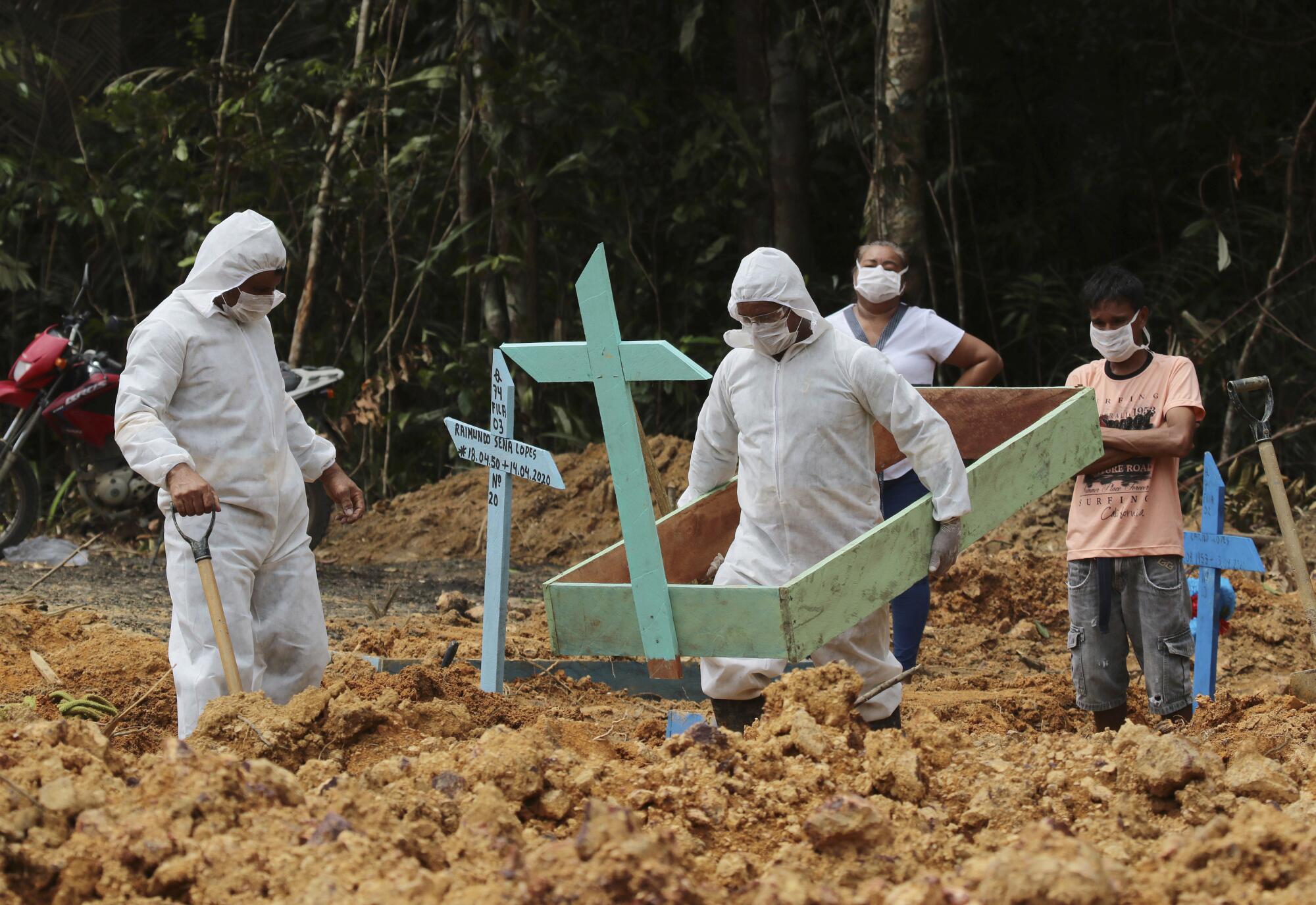
Complicating matters in Brazil are the country’s prevalent political turmoil, its
economic tailspin and denialism from the government of President Jair Bolsonaro —
who early on dismissed the virus as a “little flu” and has seen two health ministers
leave their positions during the pandemic.
The country has sometimes reported more than 1,000 virus-related deaths a day, but recently cut down on reporting data in what critics called an attempted cover-up.
Mexico has reported close to 140,000 cases and more than 16,000 deaths, but both numbers are likely vast undercounts in a country with one of the sparsest testing regimes in the Americas. Various studies have shown that coronavirus-linked deaths in Mexico City may be more than three times the officially acknowledged numbers.
Almost one in five confirmed cases in Mexico involves doctors, nurses and other healthcare workers, a fact that many attribute to a widespread lack of functioning surgical masks and other protective gear.
The government has been bringing in planeloads of protective equipment from abroad and recruiting doctors and other health workers to bolster care staff in the hard-hit metropolitan Mexico City area, home to some 22 million people.
— Patrick J. McDonnell in Mexico City
SOUTHEAST ASIA
Daily case counts continue to rise in parts of Southeast Asia, though that hasn’t stopped some governments from loosening restrictions on social distancing.
In the Indonesian capital of Jakarta, restaurants, retail outlets and public transportation reopened this week only days after the country reported its highest rise in infections in one day. Health officials said many of the new cases were linked to migrant workers returning from abroad.
Indonesia’s leaders imposed some restrictions on movement beginning in April, but resisted stricter measures over fears of harming the economy.
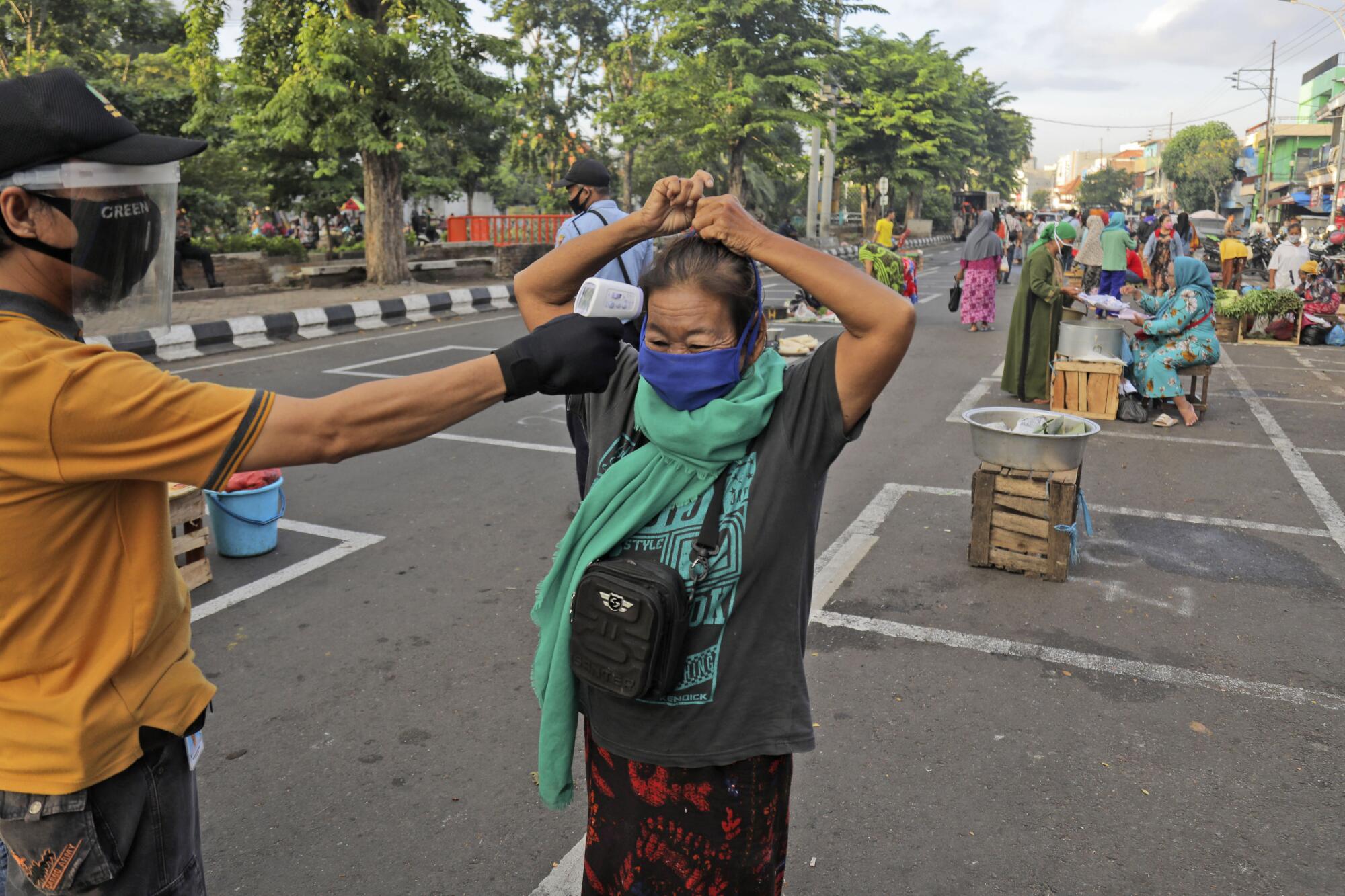
An outbreak that started in Jakarta has since spread across the archipelagic nation, infecting over 35,000 people and killing at least 2,000. Experts say the true number is likely much higher because of underreporting and inadequate testing.
The disease’s toll is also thought to be much worse in the Philippines, where nearly 23,000 cases and 1,017 deaths have been officially reported as of Wednesday.
Health authorities in the country of 108 million said a recent increase in reported cases was due to improved testing rather than the easing of quarantine measures in Manila and its surrounding areas.
Many businesses have reopened in the capital with rules limiting the number of workers and customers permitted inside. City administration offices are thronged with residents applying for medical certificates needed to travel around the country.
The two island nations are anomalies in Asia, where cases have plunged and everyday life has restarted in China, South Korea, Japan and Thailand. Meanwhile, Taiwan, Vietnam, Cambodia and Hong Kong never experienced major outbreaks. China is resuming some travel between destinations such as Singapore.
Singapore, however, remains under a stricter lockdown than many of its regional neighbors. Residents won’t be permitted to dine out, shop in stores or visit friends until the end of the month at the earliest.
Roughly the size of the San Fernando Valley, Singapore experienced a major outbreak in its migrant-labor dormitories, resulting in most of the city-state’s more than 39,000 infections. Singapore’s highly-developed health system has kept deaths due to COVID-19 relatively low at 25, as of Wednesday.
— David Pierson in Singapore
Times staff writer Laura King reported from Washington.
More to Read
Sign up for Essential California
The most important California stories and recommendations in your inbox every morning.
You may occasionally receive promotional content from the Los Angeles Times.
